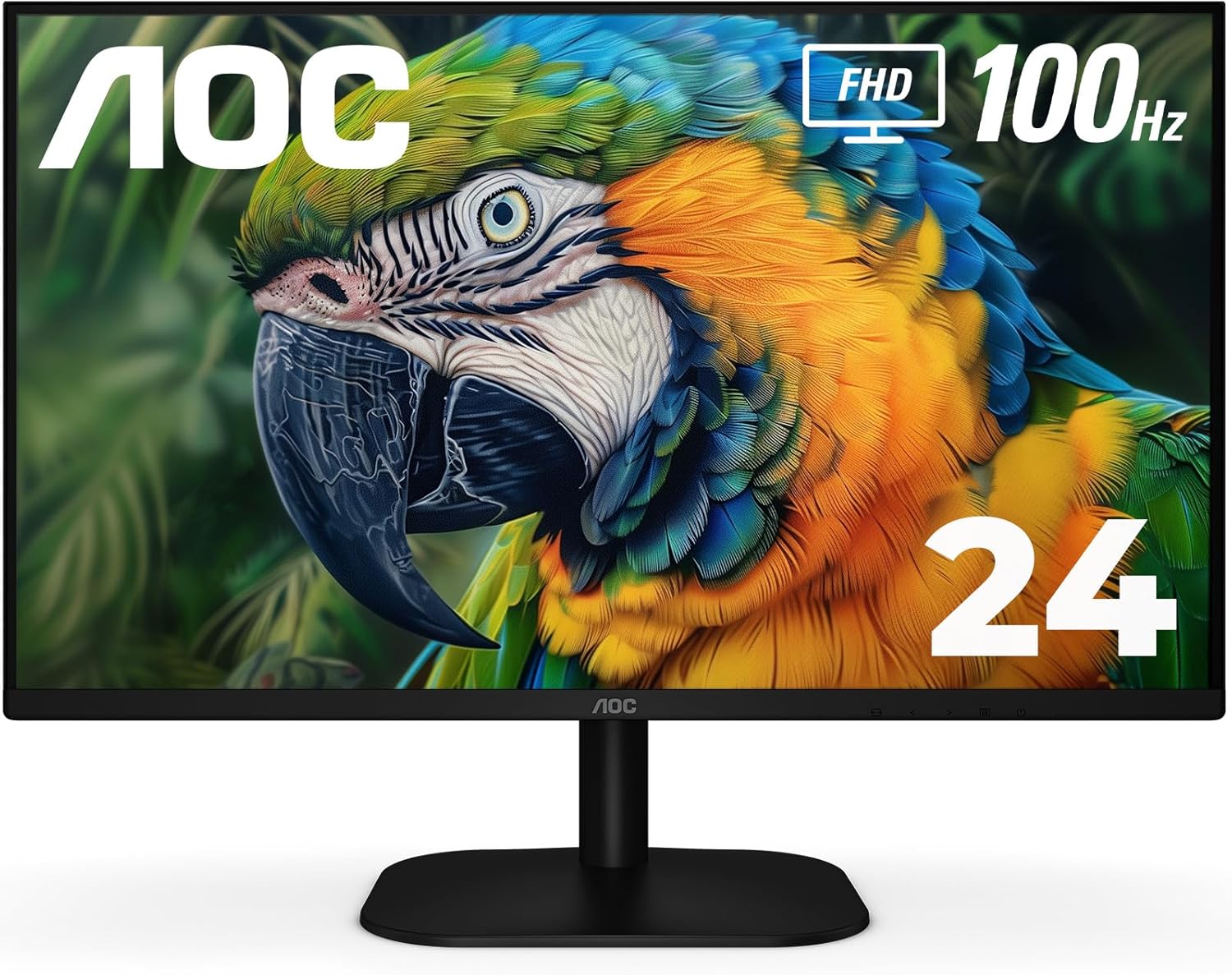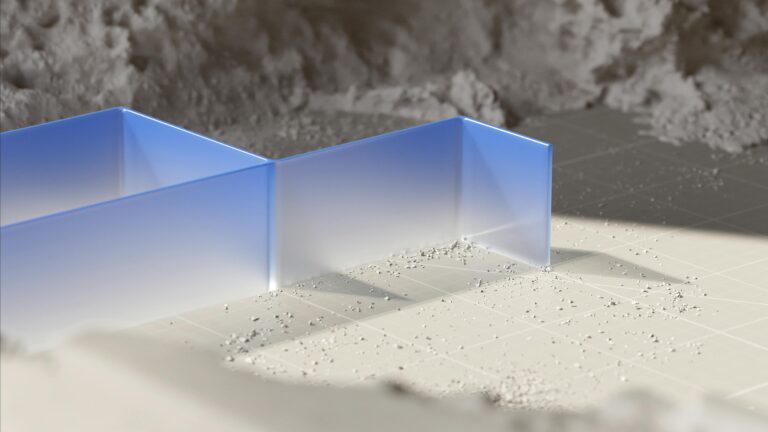In the dynamic world of web design, staying competitive means constantly seeking innovative ways to enhance efficiency, boost creativity, and deliver exceptional user experiences. The traditional web design workflow, often characterized by repetitive tasks, manual optimizations, and extensive iteration cycles, can be time-consuming and resource-intensive. However, a revolutionary force is rapidly transforming this landscape: Artificial Intelligence (AI).
AI is no longer a futuristic concept; it’s a practical, powerful ally for designers looking to streamline their processes, automate mundane tasks, and unlock new levels of innovation. By integrating AI tools into your web design toolkit, you can significantly simplify your workflow, allowing you to focus more on strategic thinking and less on operational minutiae. This shift empowers designers to build stunning websites faster and more efficiently than ever before.
The Dawn of AI in Web Design
The journey of web design has seen countless technological advancements, from static HTML pages to complex, interactive web applications. Each evolution brought new tools and methodologies, but few have promised to reshape the industry as fundamentally as AI. Initially, AI’s role was limited to backend analytics or simple chatbots. Today, sophisticated AI algorithms are capable of understanding design principles, generating code, predicting user behavior, and even creating original content.
This integration of AI into design tools is not about replacing human creativity but augmenting it. AI acts as a co-pilot, handling the heavy lifting and providing intelligent suggestions, freeing designers to concentrate on the conceptual and strategic aspects of their work. The result is a more fluid, intuitive, and productive design environment that accelerates project timelines and elevates the quality of the final product.
Core Advantages of AI for Web Designers
Turbocharging Efficiency and Speed
One of the most immediate benefits of AI in web design is the dramatic increase in efficiency. AI can automate numerous time-consuming tasks that traditionally bog down a designer’s workflow. Imagine generating multiple design variations, optimizing images, or even creating basic layouts in a fraction of the time it would take manually. This automation extends to repetitive coding tasks, content generation, and even basic SEO optimizations, allowing designers to dedicate more hours to high-value activities like client communication, strategic planning, and complex problem-solving.
By offloading these routine processes to AI, design teams can accelerate project delivery cycles, take on more projects, and ultimately improve their business growth. The speed at which AI can process data and generate outputs means faster iterations, quicker feedback loops, and a more agile approach to design development.
Unleashing Creative Potential
Far from stifling creativity, AI can act as a powerful catalyst for innovation. AI-powered design tools can analyze vast datasets of successful designs, identify emerging trends, and even suggest novel aesthetic combinations that a human designer might not immediately conceive. This can be particularly useful for generating unique color palettes, typography pairings, or layout structures that stand out.
Furthermore, AI can help in personalizing user experiences at scale. By analyzing user data and preferences, AI can dynamically adjust website elements, content, and even marketing messages to resonate more deeply with individual visitors. This level of personalization, previously labor-intensive, becomes achievable with AI, leading to more engaging and effective websites.
Enhancing Performance and Accessibility
Website performance and accessibility are critical for user experience and search engine ranking. AI tools are proving invaluable in these areas. AI can automatically optimize images for faster loading times without compromising quality, suggest optimal CDN configurations, and even predict potential bottlenecks in website performance based on user traffic patterns. This ensures that the websites you build are not only visually stunning but also incredibly fast and responsive.
Regarding accessibility, AI can audit websites for compliance with WCAG (Web Content Accessibility Guidelines) standards, identifying issues like insufficient color contrast, missing alt text, or navigation complexities. Some AI tools can even suggest corrections, making it easier for designers to create inclusive web experiences for all users, regardless of their abilities.
Practical AI Applications in Your Workflow
Automated Design Generation
AI design generators are perhaps the most visible application of AI in web design. These tools can take simple inputs—like a few keywords, industry type, or desired aesthetic—and generate complete website layouts, wireframes, or even full design mockups. They can propose various section arrangements, suggest suitable imagery, and even apply consistent branding elements, providing a solid starting point that saves hours of initial setup time. This capability is especially beneficial for rapid prototyping and client presentations.
Intelligent Content Creation
Content is king, and AI is becoming a powerful content creation ally. AI writing assistants can generate compelling headlines, body text, product descriptions, and even blog post outlines based on given topics and keywords. Similarly, AI image generators can create unique visuals, icons, and illustrations tailored to your design, reducing reliance on stock photo libraries and fostering a more distinct brand identity. This integration of content and design creation simplifies the entire content pipeline.
Smart Code Generation and Optimization
For developers, AI is transforming how code is written and maintained. AI code generators can convert design mockups into functional HTML, CSS, and JavaScript, accelerating the development phase. Beyond initial generation, AI can assist in identifying and fixing bugs, suggesting code refactorings for better performance, and even automatically generating boilerplate code. This significantly reduces manual coding efforts and enhances code quality.
Consider a simple CSS snippet for a button. An AI could generate this based on design parameters like color, padding, and border-radius:
.ai-button {
background-color: 007bff;
color: white;
padding: 10px 20px;
border-radius: 5px;
font-size: 16px;
cursor: pointer;
border: none;
transition: background-color 0.3s ease;
}
.ai-button:hover {
background-color: 0056b3;
}
Such snippets, or even more complex components, can be generated and optimized by AI, allowing developers to focus on custom functionalities and complex interactions.
Predictive UX/UI Insights
Understanding user behavior is paramount for effective web design. AI tools can analyze vast amounts of user data to predict how visitors will interact with a website. This includes generating AI-powered heatmaps that show where users are likely to click or focus their attention, even before the site goes live. AI can also provide insights for A/B testing, suggesting optimal variations for conversion rates or user engagement, thereby ensuring your designs are not just aesthetically pleasing but also highly effective.
Streamlined Asset Management
Managing design assets—images, fonts, icons, videos—can be a cumbersome task. AI can automate the categorization, tagging, and optimization of these assets, making them easier to find and deploy. AI-powered tools can







